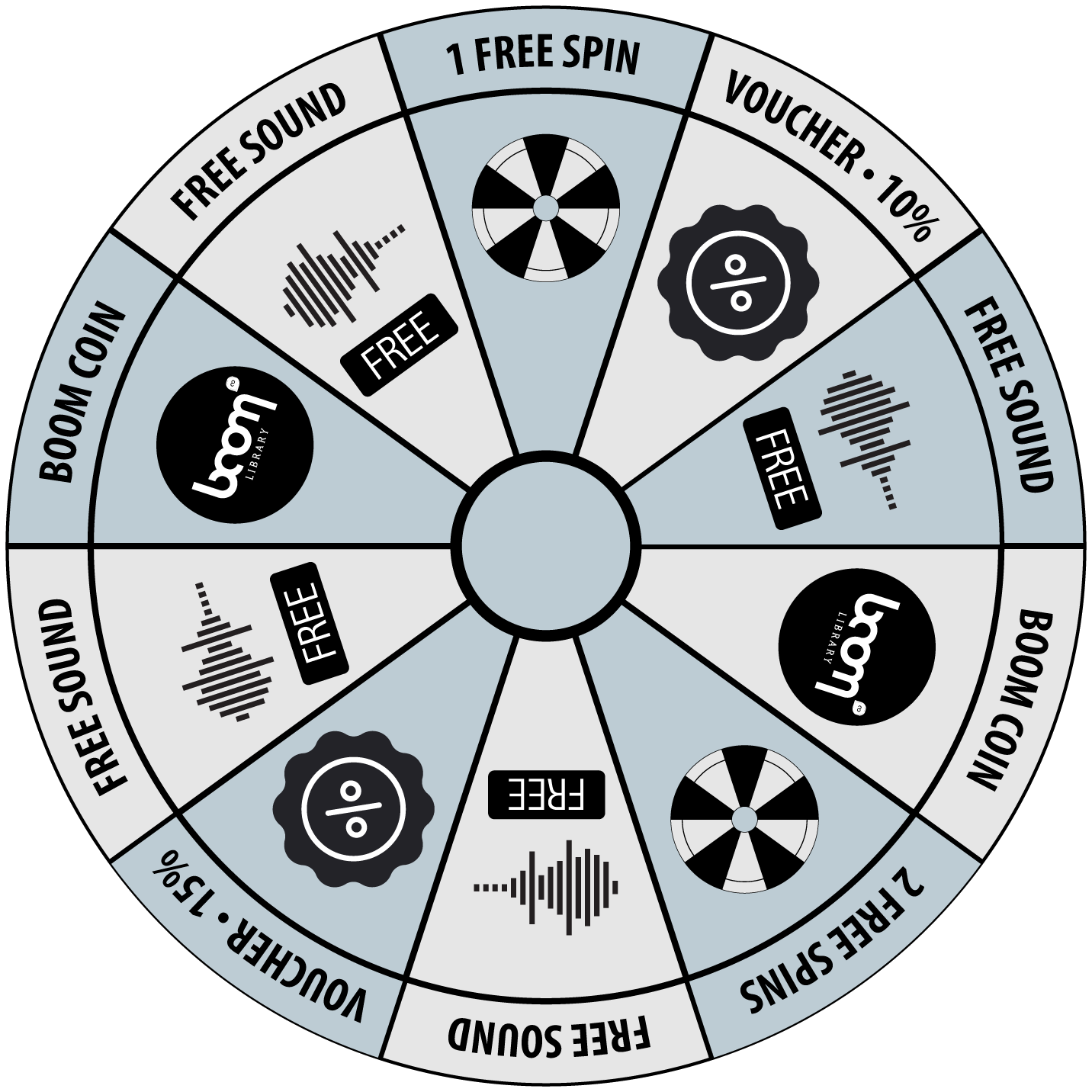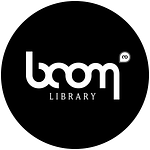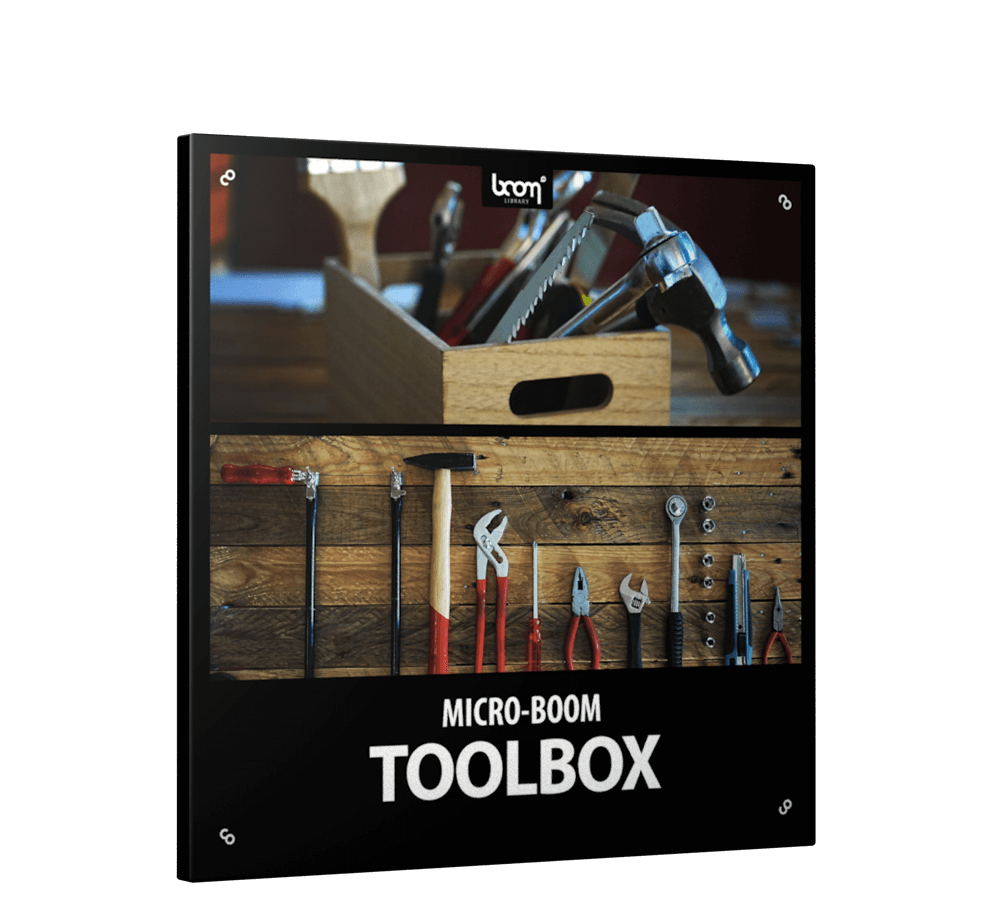
THE RIGHT SET OF TOOLS
A solid box of tool sounds is instrumental to creating a professional effects library. You can never have enough tool sounds loaded and ready to go. In nearly every film, project, or movie, there’s always a need for them, whether to reflect the actual sound in the scene, or to layer complex sounds and give them just the right character. That’s where our Micro-BOOM TOOLBOX comes in. With the right set of tools, you can get anything done.
For TOOLBOX, Lukas Weis went through our studio’s collection of hammers and ratchets, screwdrivers and cranks, devising a collection of tools that are commonly found in the home toolbox. “The focus is clearly on ‘manual’ tools,” Lukas says. “Nothing that is powered by electricity.”
Lukas, based in Mainz, Germany, was behind the bulk of the TOOLBOX. After graduating from Darmstadt University in Sound and Music Production, Lukas began working for BOOM Library. Over the last three years, he’s been mastering the ropes, working as a sound designer and project manager for various BOOM projects.
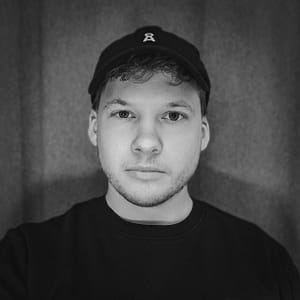
Lukas took a pause in his projects to answer a few questions about the library.
How did you choose the “instruments”? / What can I do with these sounds?
For the choice of props, I made a list of things that would be indispensable for such a library. For this I did a bit of research and kept adding to the list. From the list, a finished soundbook was created with all the sounds and possible variations we wanted to record. Besides classic things you’ll find in your toolbox, there are also sounds included that can be used additionally as layers, making them interesting to use for designing later on. For example, a guillotine paper cutter.
What makes this library stand out among other tool libraries?
The most important thing was to live up to the high standard of BOOM Libraries and to perform every operation in the process of creation from recording to editing with the best possible quality.
Users can either integrate the sounds directly into existing projects or create their own complex sound design with them. To make this possible, the library is composed of the cleanest and most neutral sounds possible to give users the best possible freedom in how they use and process the sounds.
What inspired you to create the library?
In my opinion, you can never have enough everyday sounds in your library. Tools are a perfect example of this. Regardless of the medium or genre, tools will find a use. Many tools also have a really interesting sonic quality to them, which might be exactly what you need to add more character to a complex sound design.
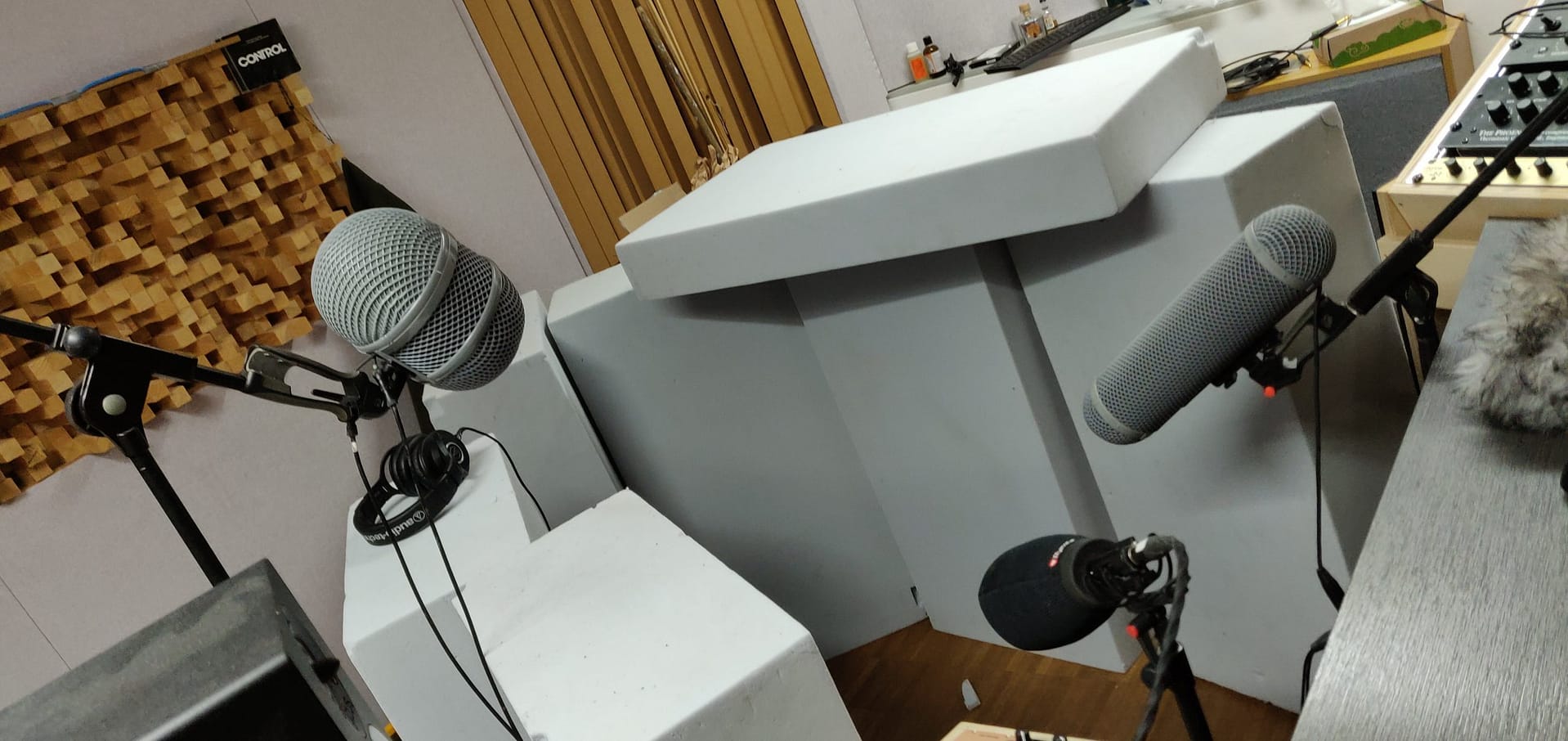
How did you record the sounds? / What equipment did you use? Where did you do the recordings?
The choice of location was pretty obvious. Our studio was the ideal place to ensure that the sounds were as clean as possible. Recording with both an XY and MS setup had the advantage of being able to choose one or the other after the recording, or even combine them. Things like “chopping wood” or “smashing stones” were of course rather done outside.
I used a Sonosax R4 + for recording. For microphones a XY-Setup of two Sennheiser MKH 8040s or a MS-Setup with a Sennheiser MKH8050 and MKH30.
What did you enjoy most about making this library?
The whole creation process was great and quite fun. When you have fun with a project, you also find fun in things like researching, creating soundbooks, or spending hours concentrating on a specific tool during recordings. In particular, focusing on a clean performance for several hours at a time in a quiet studio was very meditative. Time flies when you’re doing something like this.







































































































































































































































